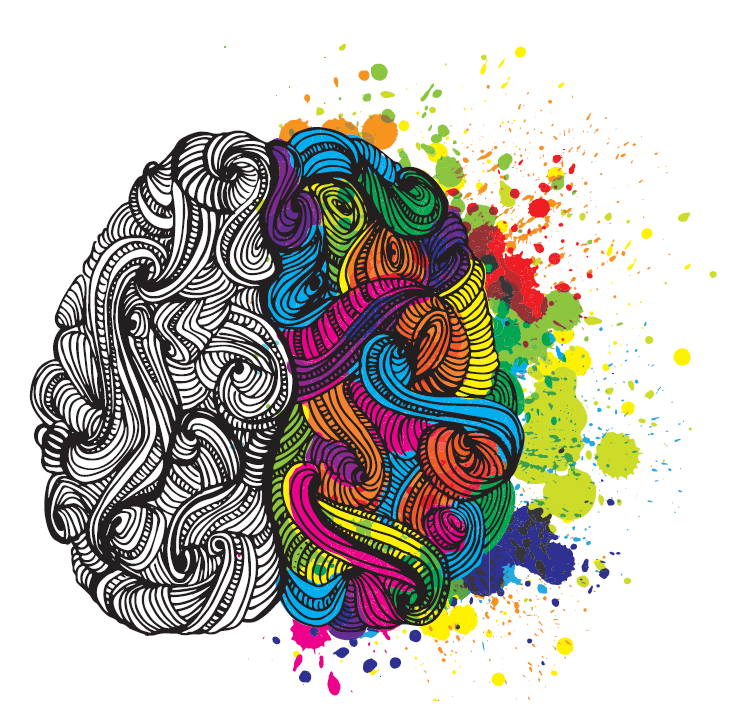Sections / Articles
Practitioner's Corner: Building the English-language Learner’s Brain
Advances in neuroscience point the way toward accelerated learning.
By Martha Burns
Principal, November/December 2017. Vol. 97, Number 2.

Today, approximately 1 in 10 students is an English-language learner (ELL). By 2025, nearly 1 out of every 4 public school students in the United States will be an ELL, if current trends continue. ELLs are a very diverse group, representing numerous languages, cultures, ethnicities, and nationalities. It’s impossible—and not advisable—to make generalizations about ELLs. However, statistically speaking,
ELLs share one commonality: Their academic performance levels trail significantly below those of their peers, according to the 2015 National Assessment of Educational Progress.
ELLs face a difficult task in schools—absorbing content instruction while their English skills are still developing. Yet, despite educators’ best efforts to teach students English as quickly as possible, many ELLs never develop academic English fluency. Because their brains are wired for other languages, English-language learning can be slow and labored. To accelerate learning, we must first prepare a child’s brain to “hear” English.
Recording and Mapping Speech Sounds
At birth, humans have equal potential to learn any language. By 6 months of age, people begin to recognize the speech sounds (phonemes) specific to their native languages, based on experience.
Throughout infancy, humans record and map the speech sounds of their first language in the auditory cortex of the left hemisphere. That map continues to refine itself through early childhood based on language experience. We can think of these neural clusters as keys on a piano. Each language has its unique keyboard. For example, a child raised with English records a keyboard of the 44 speech sounds or phonemes of English. A child raised with Spanish records a keyboard of the 26 phonemes of Spanish.
As children reach school age, learning a second language becomes more difficult and timeconsuming. It requires the brain to build new keys—clusters of neurons— to access the new language accurately and quickly. If a child wants to learn a second language, he or she has to be “tuned” to it— the keyboard must be accurate and finely tuned for both languages.
Building the English-Speaking Brain
One way to retune the keyboard and build an English-speaking brain quickly is through the use of neuroscience and technology. The top-ranked English-language development intervention on What Works Clearinghouse, the Fast ForWord program, has neuroscience- based exercises that use exaggerated phonemes to speed up the brain’s capacity to distinguish and lay down these new keys.
These exercises build and tune the inner keyboard for English using the principles of brain plasticity— the brain’s ability to change and reorganize itself by forming new neural connections throughout life. The exercises can also correct “mushy,” imprecise keyboards in the brains of struggling readers. Through tech-based exercises, perceiving and sounding out English words becomes easier and more automatic.
Research on auditory processing has shown that rapid and accurate language processing makes learning easier. Spelling, reading, and writing skills can progress more quickly. This means that teachers can teach content in English and not have to spend so much time teaching the English language itself.
Other Considerations
To boost second language learning, consider these other considerations as well:
Native language competence.
Research has shown that the better a student’s language skills are in his or her native language, the easier the second language will be learned and mastered. Research supports determining Englishlanguage learners’ native language competence before determining the best approach for second language learning. Language immersion, for instance, may work for some learners, but may frustrate a student whose native language skills are impaired.
Older learners.
Evidence suggests that older second language learners require and benefit from direct instruction that includes auditory training as well as the direct teaching of vocabulary and grammar.
Poverty and stress.
Decades of research show that poverty and stress adversely affect brain development and maturation. In addition, sustained activation of the stress response system can lead to impairments in learning, memory, and the ability to regulate certain stress responses.
These relationships do not imply that a child’s future cognitive or brain development is predetermined by socioeconomic circumstances; rather, they suggest a need for additional interventions. Thus, ELLs who come from homes of poverty or undue stress may need cognitive interventions, as well as English instruction.
Making a Difference Today
The challenge of educating the nation’s ELL students is growing. It’s time to shift our instructional focus to where language begins—in the brain. Only then can we help ELLs build the foundation they need to develop academic English fluency and close the achievement gap with their English-speaking peers.
Martha S. Burns is a speech language pathologist, consultant, and adjunct associate professor at Northwestern University.
Copyright © National Association of Elementary School Principals. No part of the articles in NAESP magazines, newsletters, or website may be reproduced in any medium without the permission of the National Association of Elementary School Principals. For more information, view NAESP's reprint policy.
| Attachment | Size |
|---|---|
| Burns_ND17.pdf | 6.13 MB |